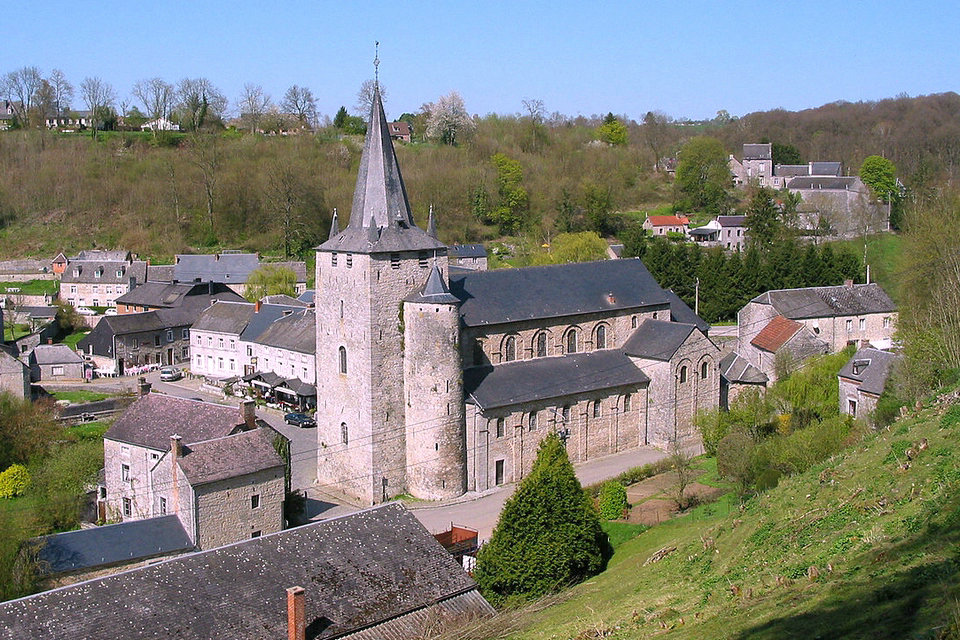Cell church


A cell church is a Christian church structure centering on the regular gathering of cell groups. Small group ministries are often called cell groups, but may also be called home groups, home friendship groups, home care groups, house fellowships, or life groups.
A church with cell groups is not necessarily a cell church. A cell church must be composed of cell groups and centered on them. In cell churches, a cell leader (if any) is considered to be effectively a pastor or mentor within the church.
John Wesley used a form of cell group structure which he called Class Meetings as he formed his Methodist societies into a national movement, first in Great Britain and later in the United States in the 18th Century.
Movemen
The cell church movement can be derived from the 1960s. It is a pronounced layman movement .
The most common seat to define the term cell sounds like this:
The cell consists of three to fourteen people who meet weekly outside the congregation’s various buildings to realize their discipleship through evangelism and community. The purpose is to create more cells.
The small community in the cell is the church in miniformat. The cell can, for example, serve as a Bible school , disciple training , evangelization team and as a work team with special assignments at one and the same time. Together with other cells, it can arrange for example Alphakurser . It is the imagination that sets limits.
Each cell is part of a larger network. Three to five cells constitute a larger unit, especially when the cells are geographically collectively called the zone. In some contexts where relationships are superior geography, this entity can be called cluster or as in Holy Trinity Brompton in London for pastorate.
Every zone has at least one zone leader or coach, as you say, for example, in Willow Creek , Chicago. The zone leader should support the cell deeds, listen to them and encourage them to move forward. Most cell-organized parishes grow relatively quickly and the zones are therefore organized in the district, often with some kind of apostolic leadership.
Since the mid-1990s, the phenomenon has also penetrated into the historical churches and communities. It has been found, albeit with difficulty, to be able to redecorate the pastor-centered parishes to layman-centered . The employees’ parish becomes the laymen’s assembly and, as far as employees are still needed, they become resourcefuls. Parishes undergoing such a change are often termed in English for Metachurches .
A Colombian variant within the cell church movement is the so-called G-12 model . G-12 is an abbreviation of the Government of Twelve and is based very briefly on the number of disciples Jesus had in his cell. In this model, each member is expected to be able to create new cells. One of the few churches in Sweden and Europe still active in the G-12 vision is the Södermalm church .
Today there are many different models driven by the same basic principles. Some of these principles are discipline, leadership training and multiplication.
Since the beginning of the 21st century, the cell church movement appears to be one of several similar. These movements consist of hundreds of millions of young Christians from all corners of the earth. Their communities are often called the new paradigm churches, postmodern churches, in English fresh expressions of church or emerging missional churches .
Cell structure
There are a number of structures used to organize and coordinate multiple cells within a church.
The G12 Vision consists of a leadership cell consisting of 12 people who each facilitate and lead their own cell group.
The Free Market Cell Model (affinity based small groups) allows the topic or vehicle of the cell to vary (E.g., a Basketball group, Bible study, or Prayer Group), yet retains an intentional discipleship strategy. This approach is often employed to help cells take on the gifts and passions of congregation while retaining a typical cell hierarchy. (E.g., See Substance Church, Celebration Church, Seacoast Church).
A Tree Network consists of multiple cell group leaders that report directly to a cell coordinator. Each cell coordinator manages multiple cells in this way, and several cell coordinators may be present in a single cell church. Additional levels of hierarchy may be added as well depending on the size of the cell church. While similar to a G-12 Structure, it is unrelated.
Source from Wikipedia